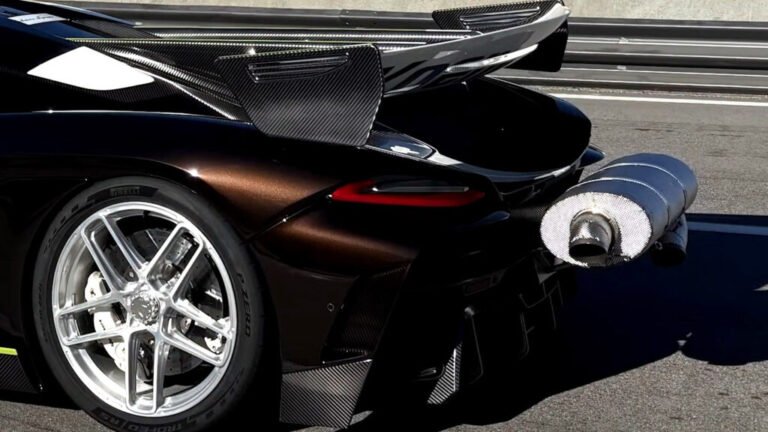

- Researchers propose a system where self-driving cars direct traffic.
- Human drivers would follow the car ahead when the white light shows.
- Simulations suggest delays could drop by as much as 94 percent.
They might be vertical, they might be horizontal, but otherwise, traffic lights have hardly changed in a hundred years. Red means stop, yellow means slow down, and green means go, a universal code that keeps cities humming and tempers flaring in equal measure.
Now, researchers at North Carolina State University think it’s time for a change in America, and not a small one. They’re proposing a fourth color: white.
More: It Took 10 Months And $2.4 Million To Turn On A Single Traffic Light
Their idea, outlined in a paper published by IEEE, envisions a future where human drivers and autonomous vehicles share the same roads. The new white phase would come into play only when enough self-driving cars are present at an intersection.
Under the system, connected autonomous vehicles (CAVs) would behave as mobile traffic controllers. When enough of them are in one intersection, the white light would illuminate.

When Cars Call the Shots
That light would signal human drivers to simply follow the autonomous vehicles ahead of them. Essentially, the CAVs would aim to reduce traffic and congestion since they have collective data about where the jams are and how to move traffic collectively to be as efficient as possible.
The researchers call this a distributed coordination strategy. In other words, it’s like having a hive mind for traffic. Each connected autonomous car negotiates with others to determine the most efficient trajectories and timing, avoiding collisions and unnecessary idling.
When autonomous vehicle penetration is low, traditional red-yellow-green lights continue functioning as normal.

Letting The Machines Take Over
“This concept we’re proposing for traffic intersections, which we call a ‘white phase,’ taps into the computing power of autonomous vehicles (AVs) themselves,” says Ali Hajbabaie, corresponding author of the paper.
“The white phase concept also incorporates a new traffic signal, so that human drivers know what they are supposed to do. Red lights will still mean stop. Green lights will still mean go. And white lights will tell human drivers to simply follow the car in front of them,” he explained.
The study indicates that this method could drastically reduce traffic. Depending on the share of AVs present in an intersection, the white light dropped traffic light delays between 3.2 and 94 percent.
Moreover, overall efficiency improved by up to 98.9 percent compared to conventional signal timing. That’s a huge time savings on something nobody enjoys.
Of course, this kind of thing isn’t going to happen in the real world anytime soon. Fully autonomous vehicles are still some way off, and just as importantly, the infrastructure isn’t yet in place.
The study indicates that some three-quarters of existing systems would need upgrades or replacements. Ultimately, this is just a glance at what a world where AVs are commonplace could look like.
Sources: IEEE
